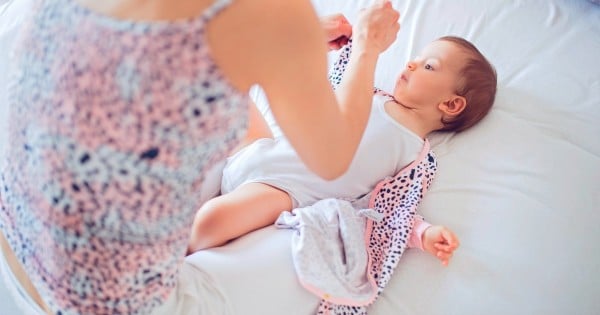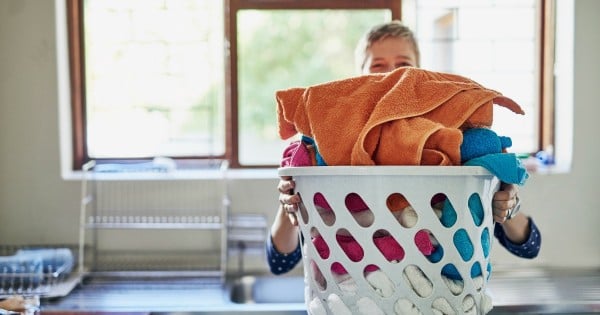

Sometime before her gummy smile was taken by her first tooth, my daughter lost her soft baby skin. Milky cheeks turned raw and red from the slightest chill in the air. Her calves were coarse to the touch, seemingly devastated beyond repair.
It is difficult to see my daughter in discomfort, her skin sometimes so irritated it bleeds. However, though my daughter’s sensitive skin causes her some distress, skin sensitivities can often be so great as to bring young sufferers to constant tears.































































































